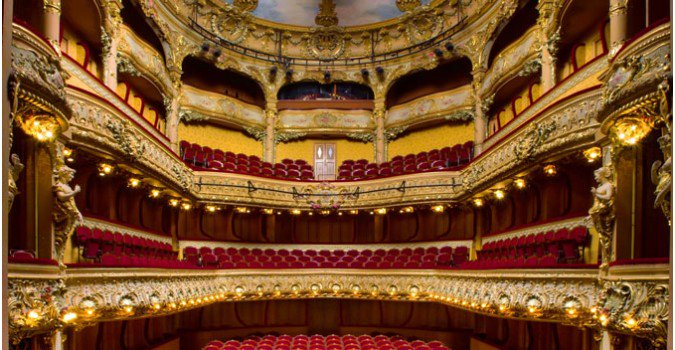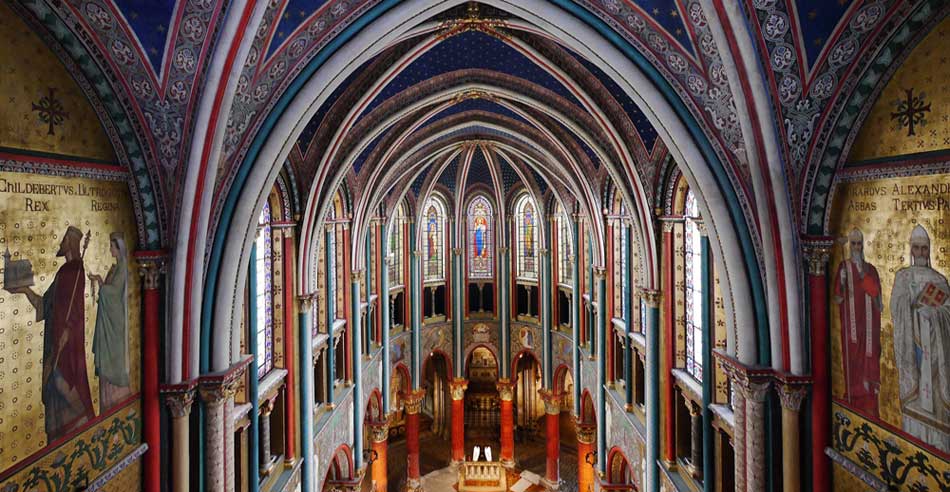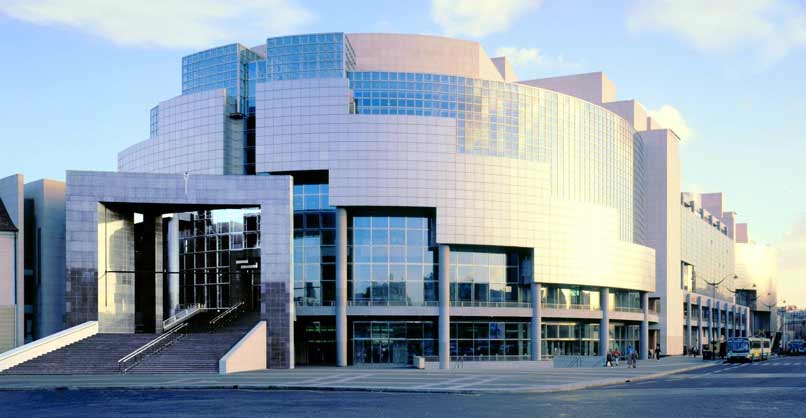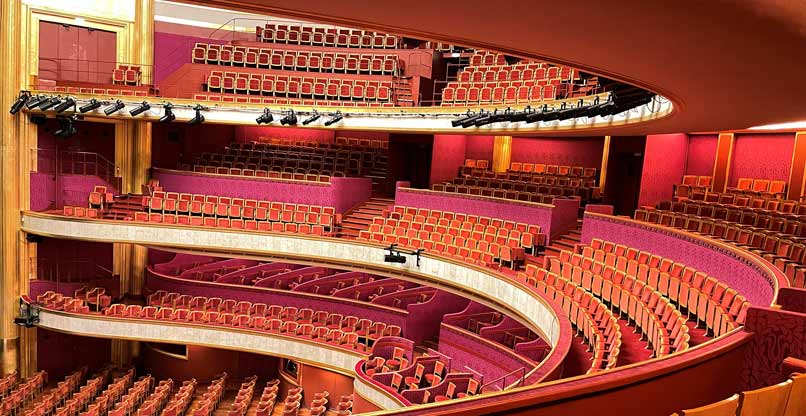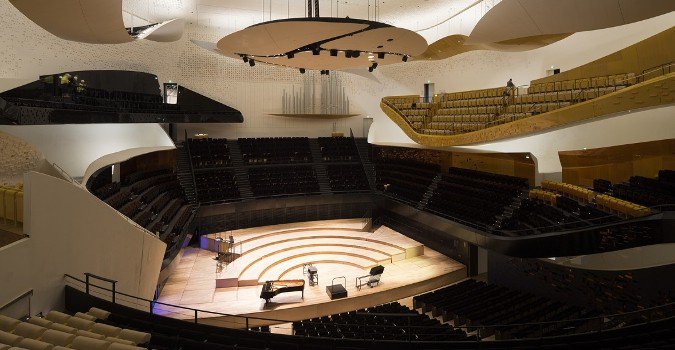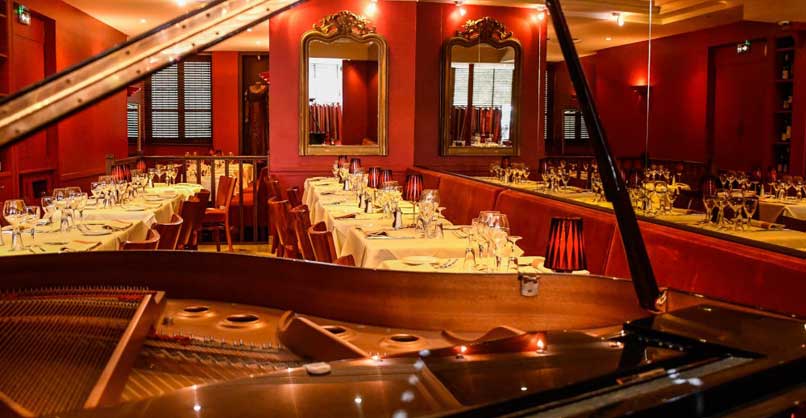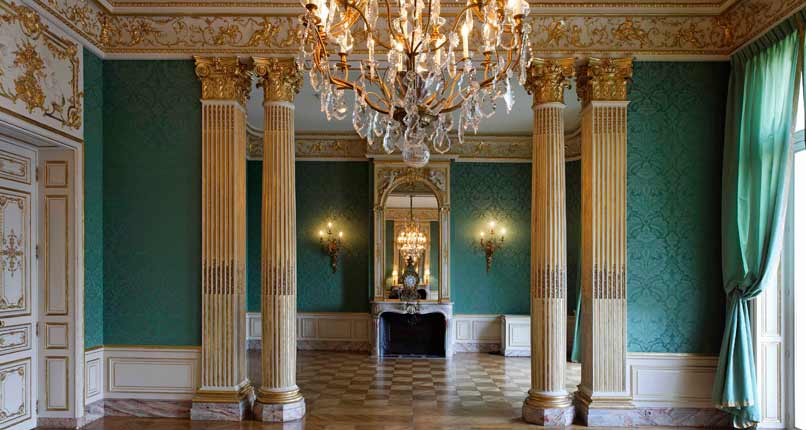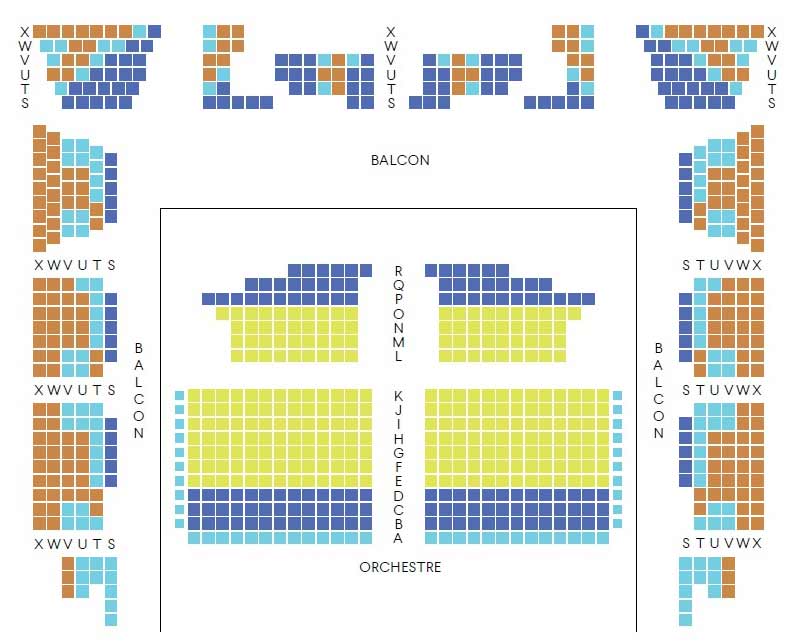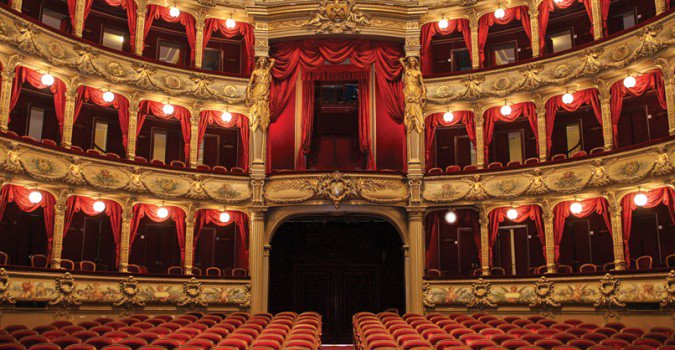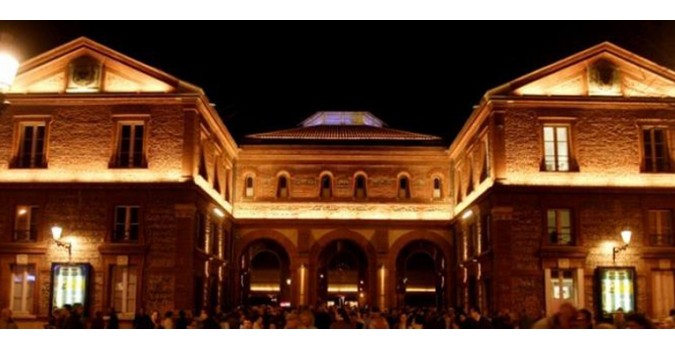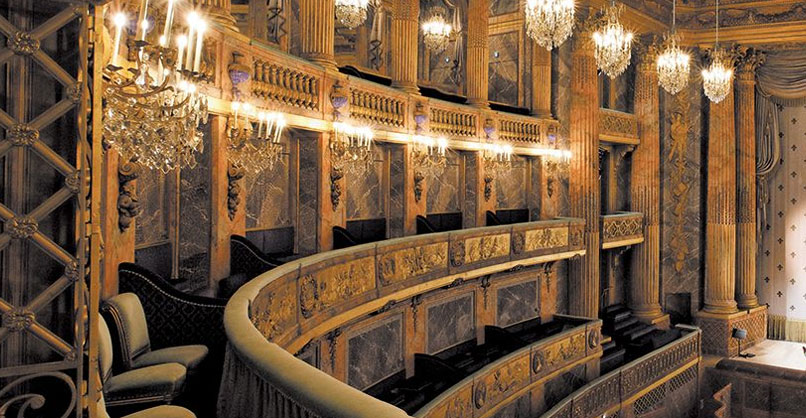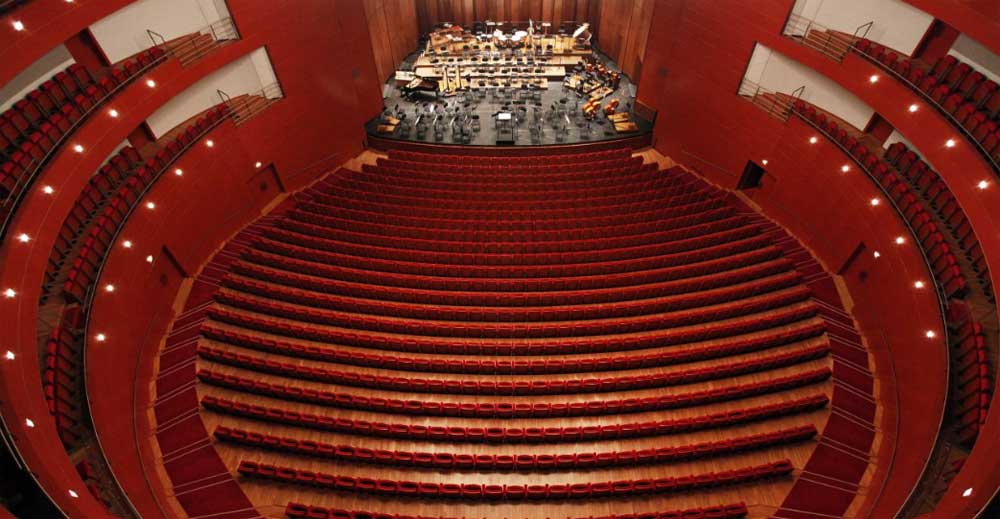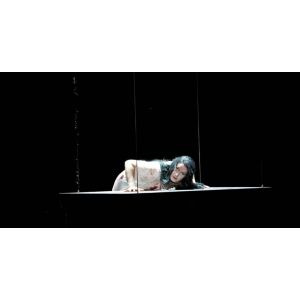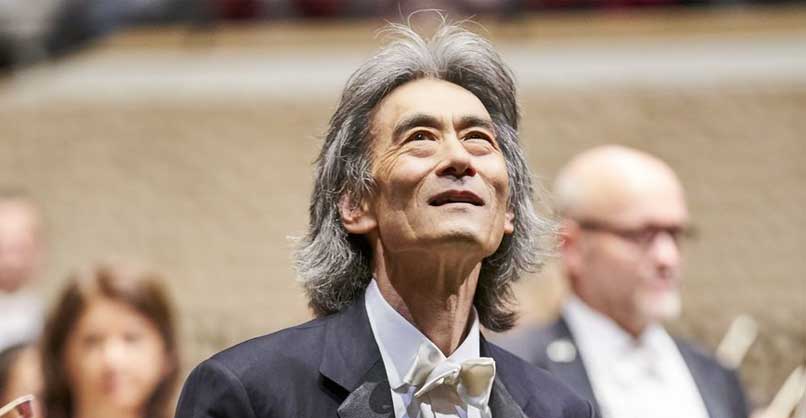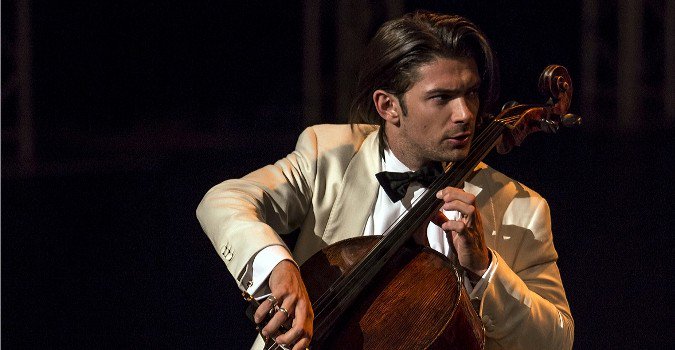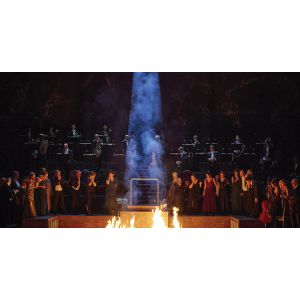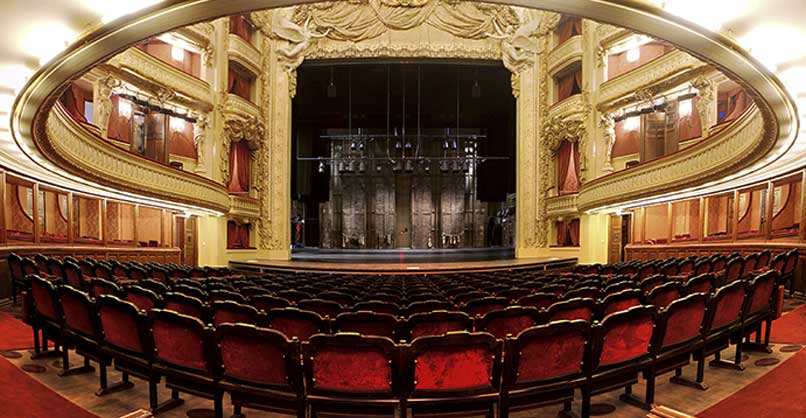
Opéra-Comique
The Opéra Comique was founded in 1714 under the reign of Louis XIV. It is one of the oldest French dramatic and musical institutions along with the Opéra de Paris and the Comédie-Française. Its history was alternately turbulent and prestigious until it was listed on the register of national theaters in 2005. In 2015 the Opéra Comique is celebrating its tricentennial.
From 1783 onward, the seasons of the company were presented in a theater named after the famous librettist Charles-Simon Favart. The Salle Favart burnt down twice and was rebuilt on the same site.
Opéra comique as a genre is represented by the Opéra Comique company. The term "comique" does not mean that laughter is compulsory. Rather, sung lines are interspersed with spoken drama. Opéra comique stands in contrast with opera, which is sung throughout, and its specificities were taught until 1991.
Find the complete Opéra Comique Seasons 2024-2025 and book your tickets online now.
Find the programme sorted by date and book your concert, opera and ballet tickets:
Opéra-Comique | 18 Performances
Filter by 
Chasing Rainbows (Julie Andrews' Songs)
Sold out
The 21/05/2024
Armide - Lully
Premium
M&O Offer
From 17/06/2024 to 25/06/2024
 Highlight
Highlight
 First Steps
First Steps
 Highlight
Highlight
Picture a day like this - Benjamin
From 25/10/2024 to 31/10/2024
 Highlight
Highlight
Trip in Paris

Paris from 05/06 to 08/06: Paris for events!
An extraordinary trip with three events: Cecilia Bartoli at Versailles, Yuja Wang at the Philharmonie and La Traviata in a magical palace. Paris is more than ever the capital of music!
wedn. 05 June 2024 to sat. 08 June 2024
3 nights

Paris from 28/12 to 01/01: A magical New Year in the City of Light
New Year's Eve in Paris promises to be magical, with four exceptional shows in the city's iconic venues. With a musical comedy and dance shows that are playful, majestic and moving, the City of Lights will shine with a thousand lights.
sat. 28 December 2024 to wedn. 01 January 2025
4 nights
 Highlight
Highlight
 Highlight
Highlight
 Highlight
Highlight
Académie de l'Opéra-Comique
Other Venues in the same Country
Highlights in the World
-
International Agency Your ticket for an unforgettable evening around the world
-
Ticketing Agency Classical music and opera experts for over 20 years
-
+48.000 spectacles Operas, Concerts and ballets in prestigious Venues
-
Advice Music specialists can help you make the best choice, call us at +33 1 53 59 39 29



